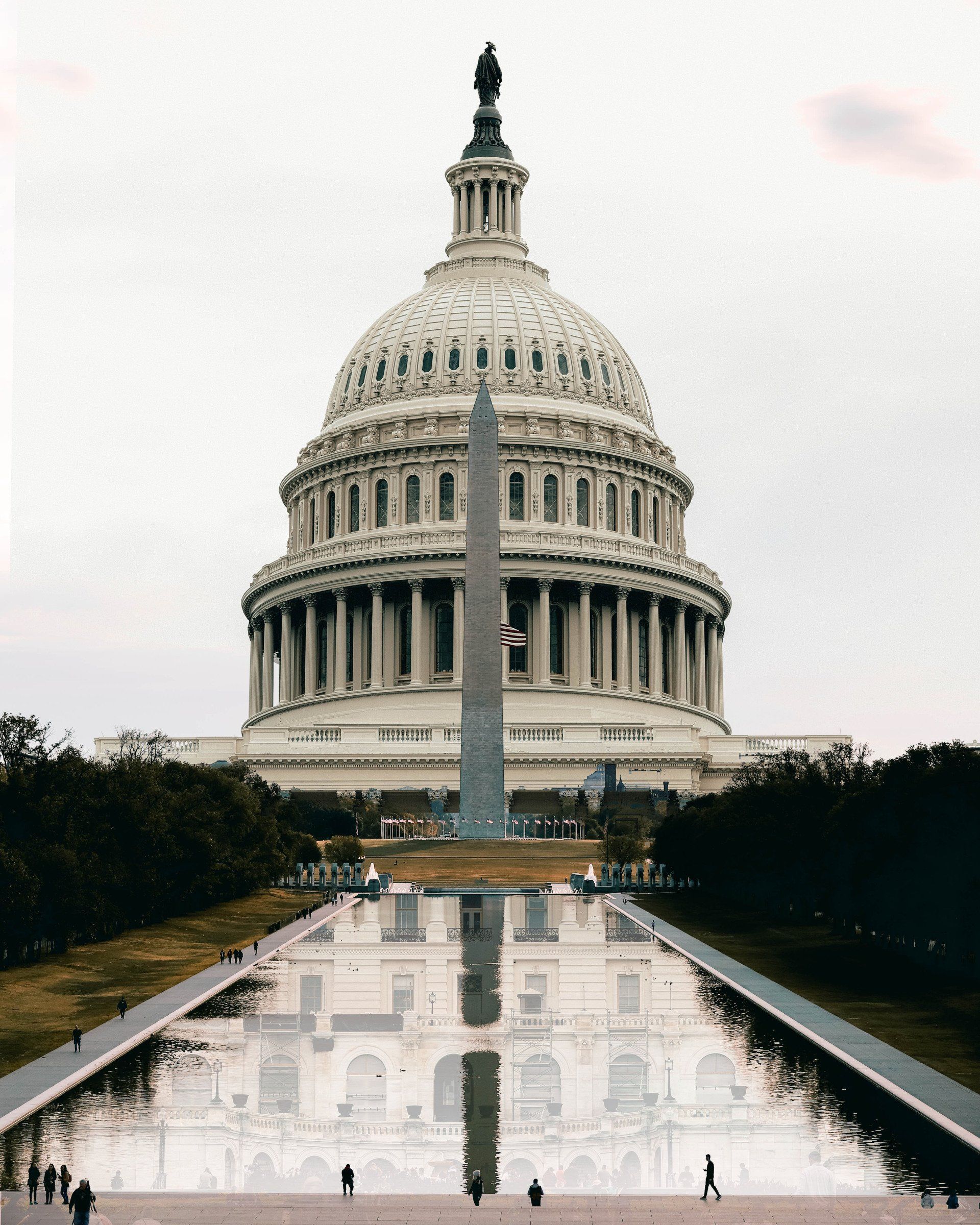NDAA: Considerations for 2nd Session of the 117th Congress
The National Defense Authorization Act (NDAA) for Fiscal Year 2022 may authorize over $768.2 Billion for US military programs and systems, however, the details on how much will be finally appropriated for those same programs and systems remains unresolved as of this article. The Fiscal Year began October 1st, and the DoD has been deciding on funding issues for the last four months based on allocations made last year in FY21 (approximately $694.6B). Congress has not yet passed the final DoD Appropriations bill for FY22. Although the House passed their version July 13th, the Senate bill has yet to be passed. It is very unusual that DoD bills lag this long after passage of the NDAA. Considering the total amounts of proposed Defense funding have differed in the House ($705B) and Senate ($728B), much work still needs to be done to finalize these critical military needs during crisis times ahead.
These delays will impact the next cycle of NDAA considerations within this Session of Congress. Final decisions have already been implemented in the DoD’s POM23 (Program Objective Memorandum), detailing the Pentagon and Administration’s military priorities for the services in all areas impacting the FY23 NDAA process. Each year, both the House and Senate Armed Services Committee, as well as their subcommittees, begin early public hearings, detail requests of individual Members for projects, and set an agenda for the various sections within the bill that will be considered. The process typically begins in March of each year. After the President delivers his scheduled State of the Union on March 1st, a series of subcommittee actions in the NDAA will begin. At the same time, the DoD FY23 budget requests will also be delivered to the House and Senate Defense Appropriations Subcommittee, who in turn will set their schedules for the next round.
The NDAA is a very arduous and time-consuming process that results in thousands of pages of legislative language, providing direction to the Pentagon on programs, acquisition, and policy initiatives. It is also a critical formulation of detailed budget authorizations for top levels of spending that can be utilized for programs or procurement, but still need actual appropriations to be completed. The process for the NDAA includes Pentagon and service-connected decision-making, as well as Congressional input. The controversial decisions rely on the “Big Four'' leadership, Chairmen and Ranking Members, within the Committees, as well as the full House and Senate leadership. Success in influencing the NDAA requires knowledge of the process, experience, and knowing the right person, to take the right action, at the right time. Hundreds of amendments submitted to the Senate and House during NDAA consideration, as well as outside pressures for adjustments, such as the Unfunded Priorities Lists, offer great opportunities for influence. With the proper guidance, these factors can be influenced to achieve client objectives and, in turn, success.




